
Concept explainers
(a)
Interpretation:
Structure of missing substance in the given reaction that involves amides has to be drawn.
Concept Introduction:
Amides are synthesized using amidification reaction. This involves a reaction between
(a)
Answer to Problem 17.138EP
Structure of the missing substance is,

Explanation of Solution
Given reaction is,

The starting material is a carboxylic acid and a primary amine. The product obtained on amidification reaction between carboxylic acid and a primary amine is a secondary amide. This is formed by the loss of water molecule. The structure of the secondary amide that is formed can be given as,

The complete reaction can be given as,

Structure of the missing compound is drawn.
(b)
Interpretation:
Structure of missing substance in the given reaction that involves amides has to be drawn.
Concept Introduction:
Amides are synthesized using amidification reaction. This involves a reaction between amine and carboxylic acid. In this reaction, the
(b)
Answer to Problem 17.138EP
Structure of the missing substance is,
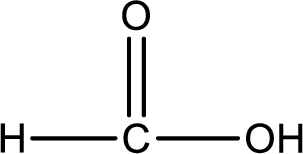
Explanation of Solution
Given reaction is,

As the nitrogen atom present in the above amide has two hydrogen atoms bonded to it and the amide is a primary amide. Primary amide is produced by the reaction of ammonia with carboxylic acid. The structure of carboxylic acid can be found as shown below,
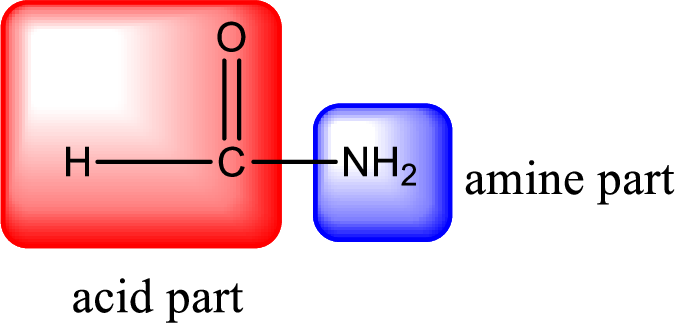
Hydrogen atom has to be added to the amine part and
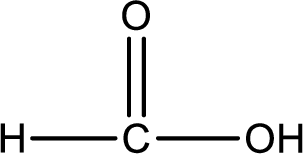
The complete reaction can be given as,

Structure of the missing compound is drawn.
(c)
Interpretation:
Structure of missing substance in the given reaction that involves amides has to be drawn.
Concept Introduction:
Amides are synthesized using amidification reaction. This involves a reaction between amine and carboxylic acid. In this reaction, the
(c)
Answer to Problem 17.138EP
Structure of the missing substance is,
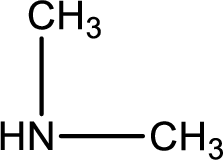
Explanation of Solution
Given reaction is,

As the nitrogen atom present in the above amide has no hydrogen atoms bonded to it, the amide is a tertiary amide. Tertiary amide is produced by the reaction of secondary amine with carboxylic acid. The parent compound structures can be identified as shown below,

Hydrogen atom has to be added to the amine part and
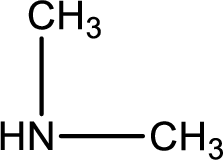
The complete reaction can be given as,

Structure of the missing compound is drawn.
(d)
Interpretation:
Structure of missing substance in the given reaction that involves amides has to be drawn.
Concept Introduction:
Amides are synthesized using amidification reaction. This involves a reaction between amine and carboxylic acid. In this reaction, the
(d)
Answer to Problem 17.138EP
Structure of the missing substance is,
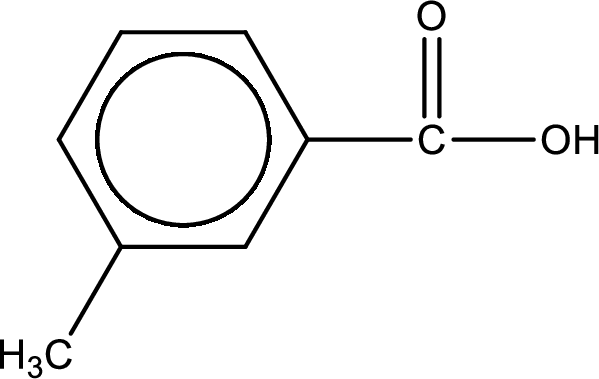
Explanation of Solution
Given reaction is,

As the nitrogen atom present in the above amide has one hydrogen atom bonded to it and the amide is a secondary amide. Secondary amide is produced by the reaction of primary amine with carboxylic acid. The structure of carboxylic acid is given and the structure of primary amine has to be found out.

Hydrogen atom has to be added to the amine part and

The complete reaction can be given as,

Structure of the missing compound is drawn.
Want to see more full solutions like this?
Chapter 17 Solutions
EBK GENERAL, ORGANIC, AND BIOLOGICAL CH
- Fumaric acid is a metabolic intermediate that has the systematic name trans-2-butenedioic acid. Draw its structure.arrow_forwarddraw a fischer projection formula for the enantiomer of each of the following monosaccharides.arrow_forwardGive one specific sample structure (Fischer Projection or Haworth) of the following carbohydrate derivatives: - Alditols - Deoxy-sugararrow_forward
- Identify the circled functional groups and linkages in the compound shown below.arrow_forwardFollowing are Fischer projections for a groupof five-carbon sugars, all of which are aldopentoses. Identify thepairs that are enantiomers and the pairs that are epimers. (Thesugars shown here are not all of the possible five-carbon sugars.)arrow_forwardIf Taxol (see Problem ) has a specific rotation of -49°, then what is the specific rotation of its enantiomer?arrow_forward
- Draw the structures of the following acids:(a) 2-Ethyl-3-hydroxyhexanoic acid (b) m-Nitrobenzoic acidarrow_forwardWith respect to the parent compound, explain in detail how modifying the rings shown as A, B, C, D and E in morphine can affect the biological activity associated with the moleculearrow_forwardFor the first part, draw a Fischer projection formula for the enantiomer of each of the following monosaccharides. For the second part, identify whether the images are in D- or L-configuration. Write your answers first on a piece of bond paper.arrow_forward
- With the given structures, arrange the following compounds in order of decreasing reactivity towards hydrolysisarrow_forwardWhat is the IUPAC name of the following compound?arrow_forwardFor A, B, C, D, E, F, identify the circled functional groups and linkages in the compound in the picture.arrow_forward
 Human Anatomy & Physiology (11th Edition)BiologyISBN:9780134580999Author:Elaine N. Marieb, Katja N. HoehnPublisher:PEARSON
Human Anatomy & Physiology (11th Edition)BiologyISBN:9780134580999Author:Elaine N. Marieb, Katja N. HoehnPublisher:PEARSON Biology 2eBiologyISBN:9781947172517Author:Matthew Douglas, Jung Choi, Mary Ann ClarkPublisher:OpenStax
Biology 2eBiologyISBN:9781947172517Author:Matthew Douglas, Jung Choi, Mary Ann ClarkPublisher:OpenStax Anatomy & PhysiologyBiologyISBN:9781259398629Author:McKinley, Michael P., O'loughlin, Valerie Dean, Bidle, Theresa StouterPublisher:Mcgraw Hill Education,
Anatomy & PhysiologyBiologyISBN:9781259398629Author:McKinley, Michael P., O'loughlin, Valerie Dean, Bidle, Theresa StouterPublisher:Mcgraw Hill Education, Molecular Biology of the Cell (Sixth Edition)BiologyISBN:9780815344322Author:Bruce Alberts, Alexander D. Johnson, Julian Lewis, David Morgan, Martin Raff, Keith Roberts, Peter WalterPublisher:W. W. Norton & Company
Molecular Biology of the Cell (Sixth Edition)BiologyISBN:9780815344322Author:Bruce Alberts, Alexander D. Johnson, Julian Lewis, David Morgan, Martin Raff, Keith Roberts, Peter WalterPublisher:W. W. Norton & Company Laboratory Manual For Human Anatomy & PhysiologyBiologyISBN:9781260159363Author:Martin, Terry R., Prentice-craver, CynthiaPublisher:McGraw-Hill Publishing Co.
Laboratory Manual For Human Anatomy & PhysiologyBiologyISBN:9781260159363Author:Martin, Terry R., Prentice-craver, CynthiaPublisher:McGraw-Hill Publishing Co. Inquiry Into Life (16th Edition)BiologyISBN:9781260231700Author:Sylvia S. Mader, Michael WindelspechtPublisher:McGraw Hill Education
Inquiry Into Life (16th Edition)BiologyISBN:9781260231700Author:Sylvia S. Mader, Michael WindelspechtPublisher:McGraw Hill Education





